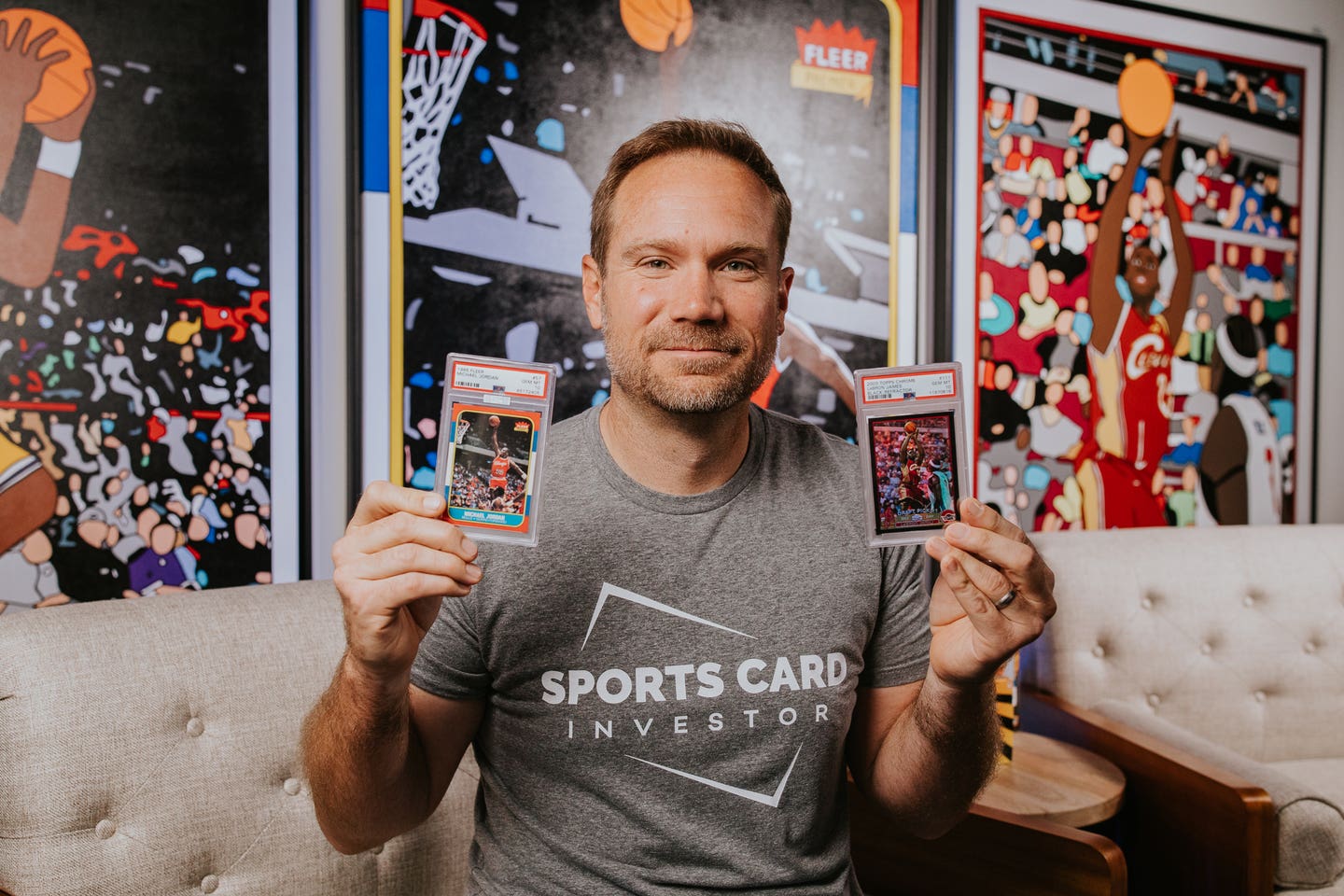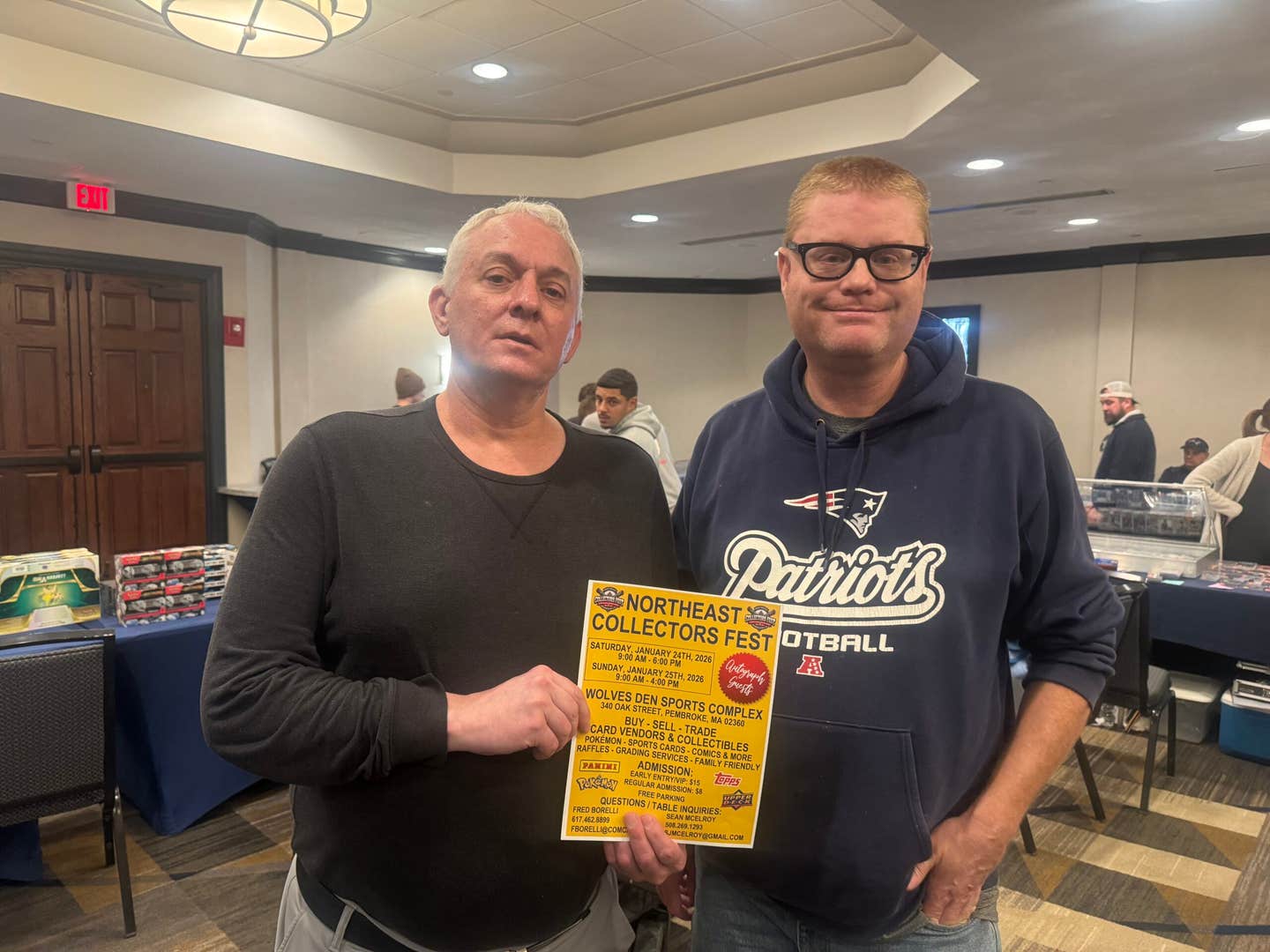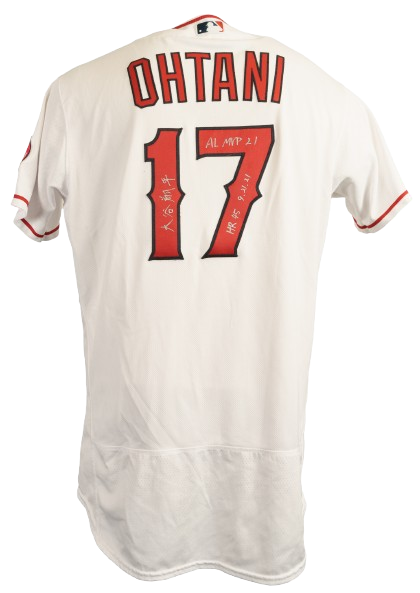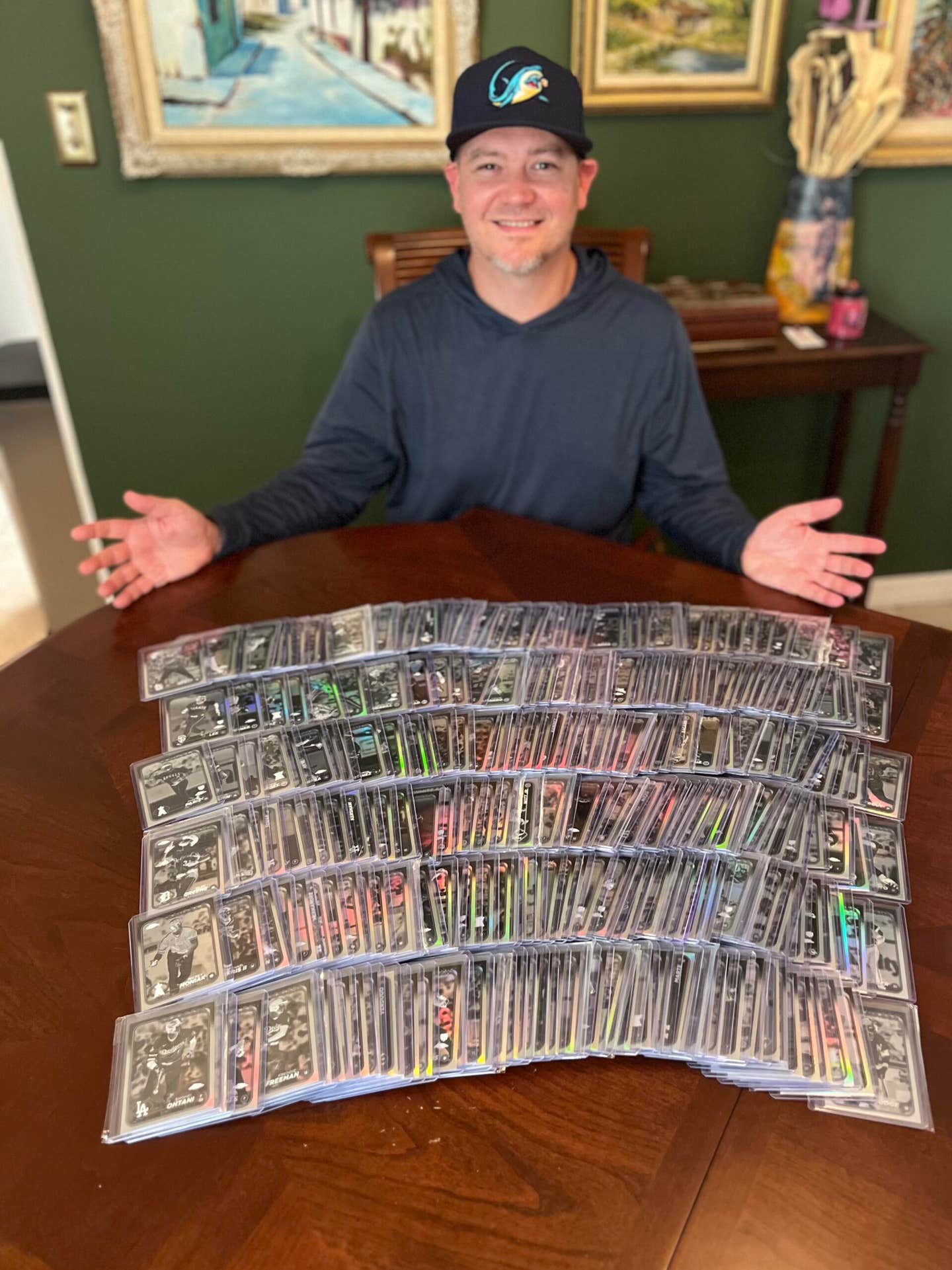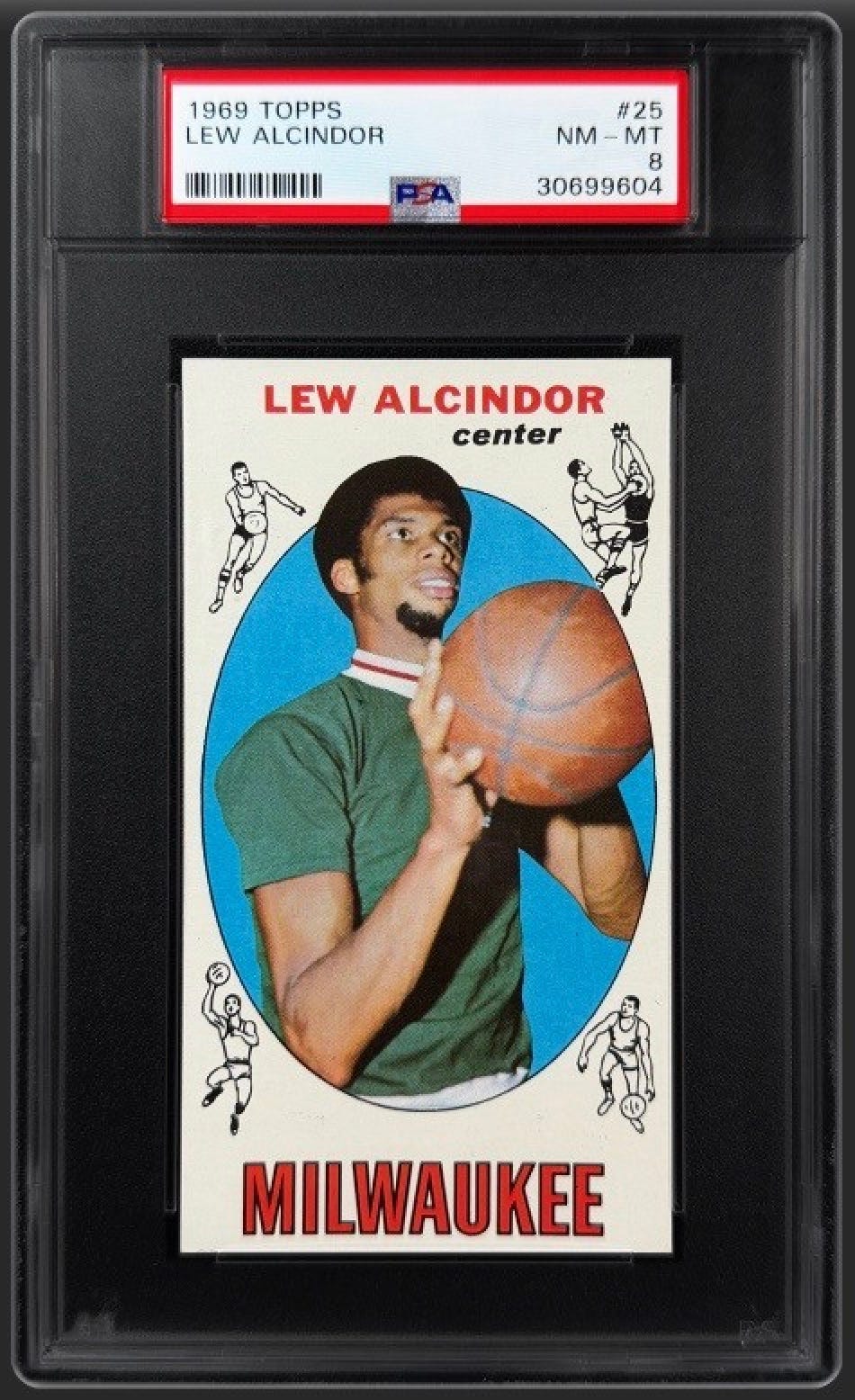Collecting 101
Stalking the vintage autograph bargain
Two facts get lost amid the scary tales of collectors getting ripped off that we read as well as the fearsome estimates from the FBI that make us wary of acquiring any autograph, unless we see it signed by the athlete ourselves or see that our favorite authenticator affixed his seal of approval on it:
- One, there are honest collectors out there trading and selling legitimately acquired autographs:
- Two, eBay’s a great place for reputable dealers, small and large, to blowout leftover stock of signed 8-by-10s or other items such as mini- helmets, pucks, or whatnot, after sponsoring a signing. The autographs are real; the certificates of authenticity aren’t quite as famous as Tri-star people buy unauthenticated autographs online or at flea markets, antique shops and card shows. Think about it: Hobbyists must be buying them in large quantities, otherwise the authenticators wouldn’t be gainfully employed.
The question is, how does one go about sorting through the mass of unauthenticated autographs for sale online and in the retail world and spot the real ones, or at least good candidates, to send in for authentication?
Authenticators aren’t always the best people we can pose that question to. They don’t always want to talk about it. Why? There’s the liability issue: What if a reader misinterprets their words and wastes money on fakes? Barring that, there’s a chance they might give away the store by revealing too many trade secrets.
We sat down with veteran autograph hound and Tuff Stuff autograph pricing analyst Mike Breeden, who buys, sells, and collects autographs when he’s not getting them in person, and asked him about how he goes about spotting fakes.
Probably his biggest piece of advice for collectors of vintage and modern autographs alike is “trust your gut.” Some non-superstar autographs just aren’t worth forging, let alone authenticating, because there’s just no market for real ones, let alone fakes. Guys like backup catchers from last-place teams, utility infielders and fan favorites whose star fell as quickly as it rose (think Mark “The Bird” Fidrych). You might desire autographs from some of these players in your collection but chances are, you’re not going to find PSA/DNA or GAI or Grey Flannel authenticated versions.
“A lot of the items will never be authenticated, because somebody’s got to put up the money for it,” Breeden said. “And even then, when you put the money up for it, all you’re getting is someone’s opinion on it. You can never go back in time and see if a George Brett really signed a card, only one or two people ever witnessed it and from there you’re just relying on someone’s “expert” opinion to say whether he signed it or not. I’ve got a ton of stuff in my own collection that will never be authenticated.”
Breeden’s honed his autograph collecting instincts from years of doing it. For the benefit of those of us who haven’t been through the wars, he distilled his wisdom into some easy-to-remember tips:
- Research your autograph up front. Don’t buy that Mel Ott autograph you spot at the Sunday morning flea market just because it’s there. Study authentic autographs beforehand of a player you might want to buy and understand the variations that are out there
- Look up authentic versions from trusted resources. SCD published a reference book on Hall of Famer autographs several years ago, that’s one place to check them out. Online sources can be sketchy, especially of collectors’ own “mail in successes,” so it’s probably smart to stick with examples from reputable retailers like Steiner, ASI, Tristar and the like.
- If you spot a bargain and are not 100 percent sure what a “real” one looks like but still want to take a chance, size up the seller. Does the seller look reputable? Ask a couple questions about where the item came from and put him or her on the spot to see if they seem honest.
- Understand that authentication is just a third-party opinion. Whether the authenticator is well-known among collectors or not, a certificate of authenticity is an educated guess about an item, except in the case where a COA comes from someone who witnessed the actual signing. That means it’s possible that fakes sometimes sneak through and real ones on occasion don’t get the stamp of approval.
- Know the writing instruments that should be used on a piece. An extreme example of this: A great Honus Wagner signed black-and-white photo sold on eBay for about $750 in early July. Clearly it was signed in with a broad-tipped fountain pen. This same piece in blue Sharpie, however, should scream “fake” to everyone, because “The Flying Dutchman” died nine years (1955) before Sharpies were invented (1964).
- Use eBay feedback to rule out bad apples, but not to confirm honest sellers. Good fakers get good feedback because they ship on time; they act in every way the friendly pro dealers. So good feedback doesn’t necessarily mean authentic autographs. That includes offering a full, no-questions-asked return policy, because the forgers who want to stay in business and continue bilking the collecting public will do that, too, even if it means refunding a few winning bids every once in a while.
- Look at an eBay seller’s previous sales. In the last month, if the seller has sold 50 signed 8-by-10s of a rare signer such as Manny Ramirez or a deceased player such as Jimmie Foxx, be wary.
- Watch the reputable dealers. When you see a “big name” move an autograph on eBay, put that person on your “favorite sellers” list. Keep tabs on their auctions; who knows, maybe an autograph from one of your priority players will pop up for sale.
- Look for reasons not to buy something. The dark side of “trust your gut” approach. Take off your rose-colored glasses and if anything looks or feels wrong, pass on it.
- Mind the old adage “If it looks too good to be true, it probably is.” You’re not the first person, in all likelihood, to see that $10 Babe Ruth autograph at the antiques mall. Many people have passed on it: ask yourself why? Also, if the price on a superstar or minor star’s signature is a fraction of market value, think about the reasons it’s priced that way. Sure, it could be seller ignorance, but more times than not, it turns out to be buyer ignorance.
Note I said “probably” too good to be true. There’s always the exception, and it can pay to keep and open, albeit jaded, mind.
Breeden recalled a story of acquiring one of his favorite pieces in his own collection: “I got a Mel Ott autograph a few years ago at an estate auction that was (too good to be true cheap,” Breeden said. “There was a scorecard from some Giants game and they just presented it as a scorecard.
“I went up and looked at the thing, and looking through the Giants side, there was a Mel Ott autograph, in pencil. You could look at the scorecard two or three times and not see because it was through the box score. I got that thing for almost nothing. So things like that do happen, and I’m quite convinced that’s a legitimate autograph.”



